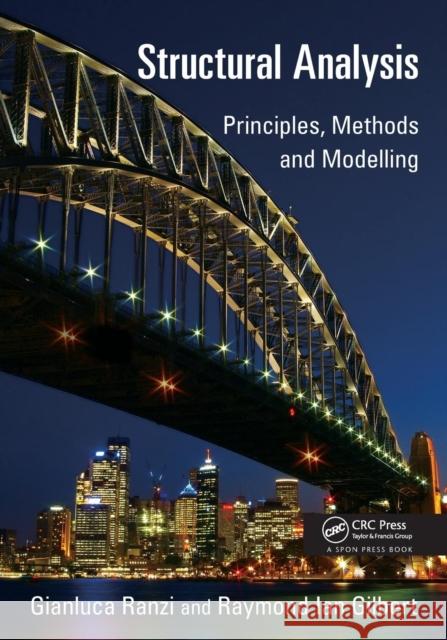Structural Analysis: Principles, Methods and Modelling » książka
topmenu
Structural Analysis: Principles, Methods and Modelling
ISBN-13: 9780415526449 / Angielski / Miękka / 2014 / 576 str.
- A solutions manual for all the problems posed in the book
- Nearly 2000 PowerPoint presentations suitable for use in lectures for each chapter in the book
- Revision videos of selected lectures with added narration
- Figure slides











